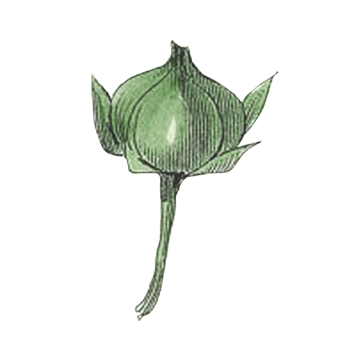We at Bosque das Mangueiras choose linen, for it is currently the most sustainable option out there: a natural, biodegradable, recyclable and low impact material.
We Love Linen


IT'S KIND TO OUR PLANET
Linen is made of flax, a cute, blue and very easy-going flower that loves dry soil. It’s a very sturdy plant that happily grows without irrigation, pesticides or fertilizers and all it requires is a favorable climate that is temperate and rainy.
Its manufacturing is respectful of the environment since it does not require the use of much water or softeners, thus preserving our natural resources. The maceration takes place in the sun and does not consume energy and the hackling is done through a mechanical process.
IT’S ZERO WASTE
Not only does linen biodegrade in a short amount of time, but it’s also a zero-waste product as all parts of the flax plant can be used. Whilst the fibers are turned into textiles for interior or clothing or paper, the flax seeds – which are in fact linseeds – can be used to make vegetable oils or flour or can be used for herbal remedies.
IT GROWS IN EUROPE
Moreover, linen fiber does not come from an exotic plant.It is mostly grown in the North-Western European countries, where our craftsmen have magic in their fingertips. The linen fiber is spun and weaved intricately to create a soft and resilient garment, endowed with character and form.

OUR LINEN
We only source our linen from Europe, printed in Como-Italy and it is certified SERI.CO.
SERI.CO guarantees:
1- the qualitative characteristics of the fabrics ensure a correct performance.
2- that the fabrics do not contain nor release substances harmful to health.
3- the respect of qualitative, environmental, social and ethical codes.
4- that the companies have legal and production headquarters in Italy.
5- a correct social procedure relative to the social rights of their internal workers.
6- an active control to avoid any form of environmental pollution, whether it be water, air or soil.
7- a traceability system that allows the ability to reconstruct the “history” of the product



